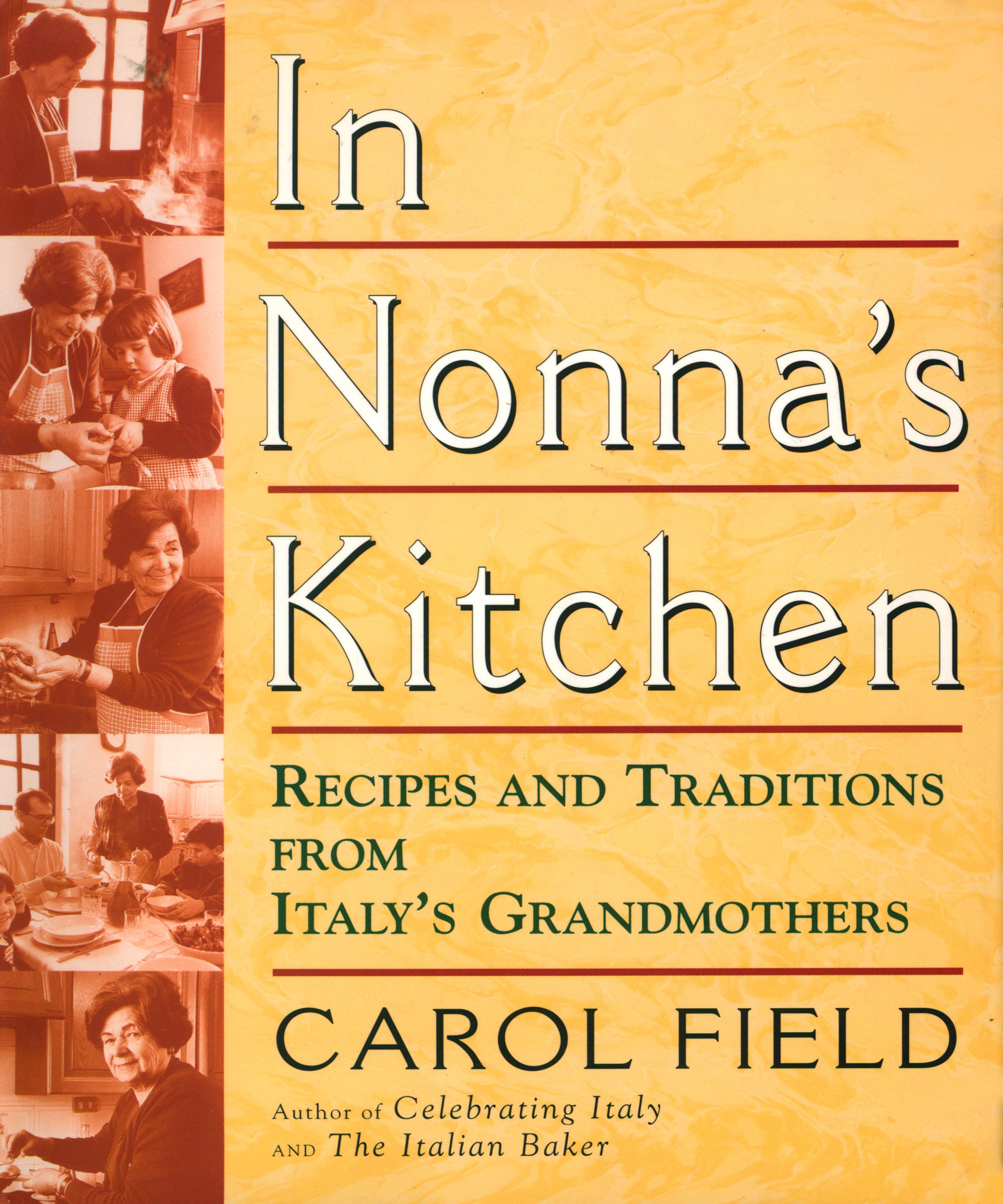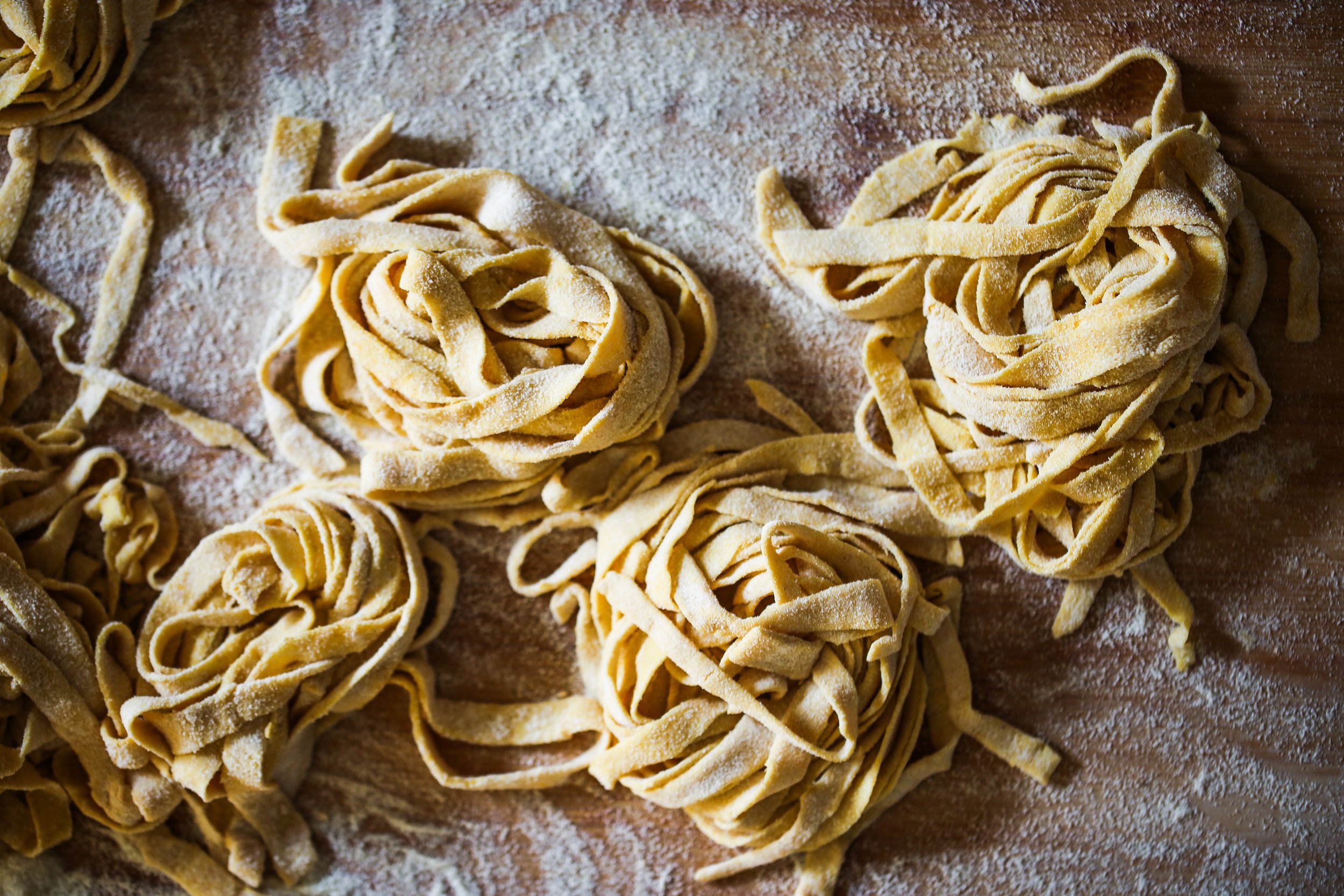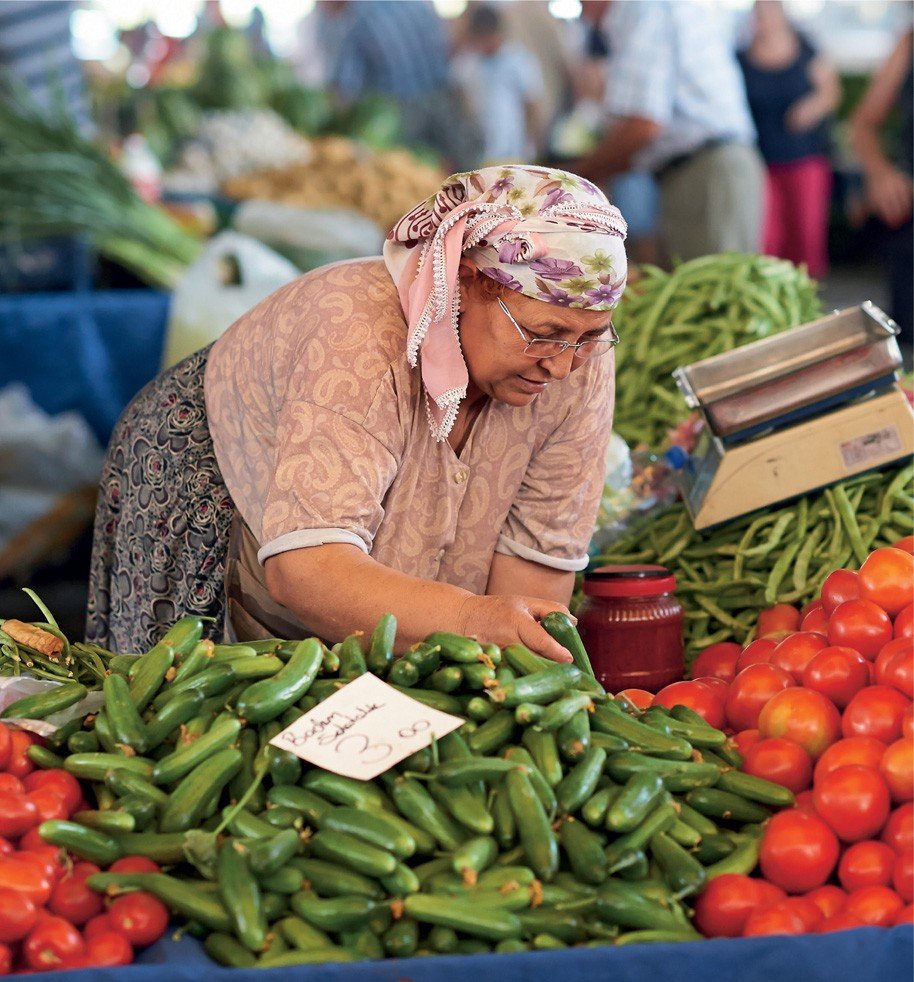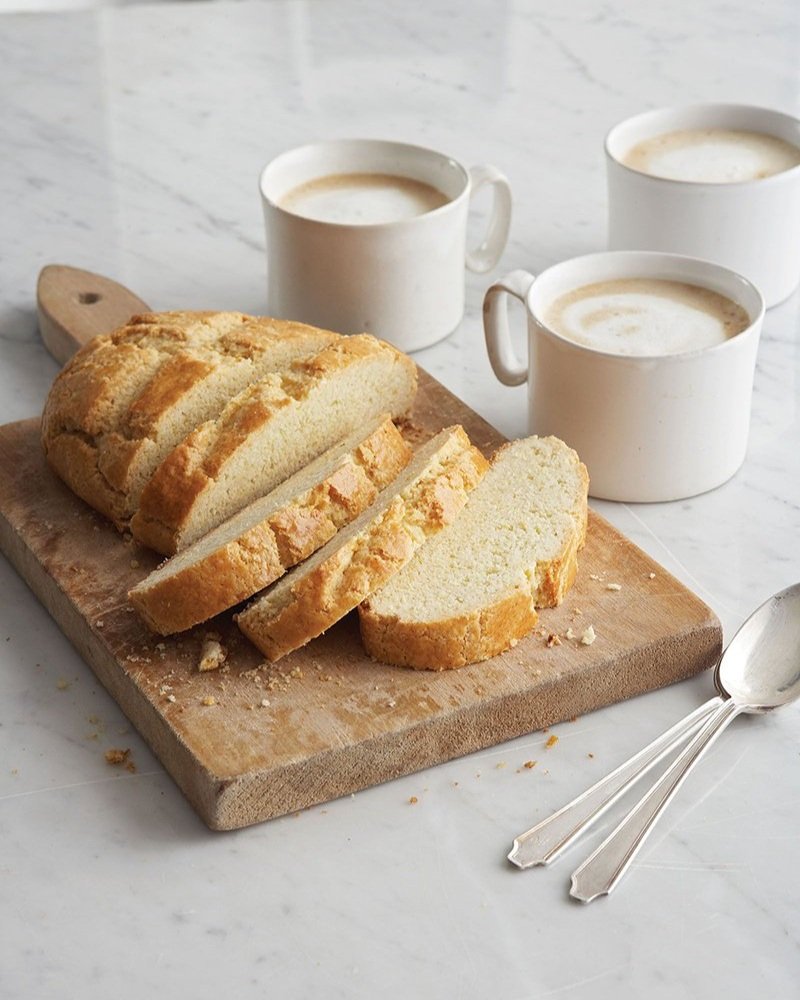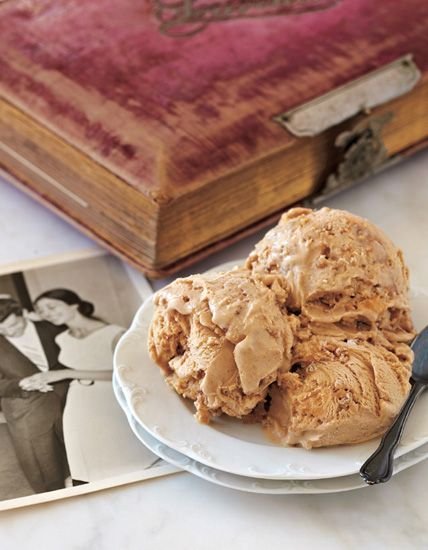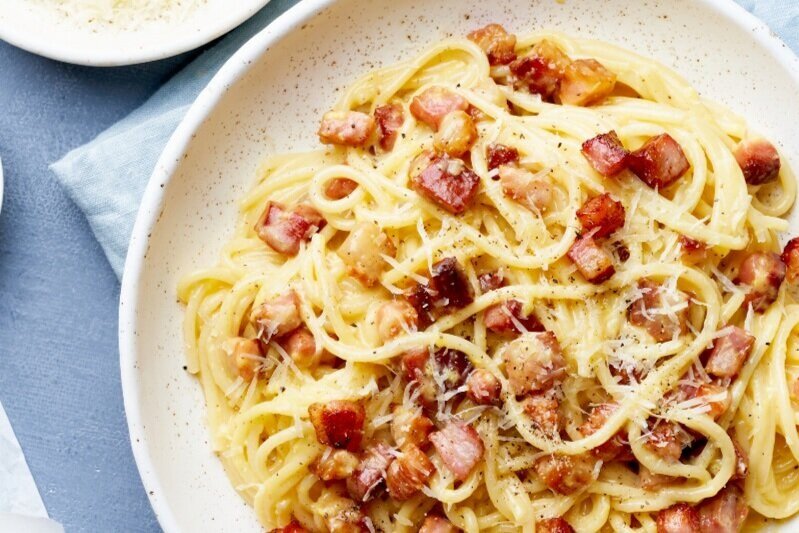Advertisement
Just like grandma used to make
10 November 2021 · Family Favorites · Discover ckbk
History matters, in the world of food, as elsewhere. In recent years, writers and broadcasters, recognizing the importance of food as social history, have taken time to document ‘grandma skills.’ One such project is Pasta Grannies, which celebrates the older generation of women in Italy who still make pasta by hand. Another is the Catalonian Grandmothers of Sils, who enjoyed TV fame for their cooking club, a place for abuelas to exchange and record traditional recipes. Anya von Bremzen writes about them in her wonderful book, The New Spanish Table.
Before all of these though, came Carol Field’s 1997 cookbook, In Nonna’s Kitchen. This book is the result of in-depth interviews with Italian women who were then still cooking according to long-established regional food traditions. Inspired by this new addition to the ckbk bookshelf and other ‘grandma cookbooks’ in our collection (Najmieh Batmanglij’s Food of Life is a beautiful example, collecting Persian grandma-style recipes), we have brought together a selection of recipes on ckbk inspired by grandmothers all around the world.
Preservation and making do
Grandmother recipes are important. They are a social and personal document of course; they capture traditions and regional histories that may otherwise get lost; and they resurrect something of people past – for example, Julee Rosso and Sheila Lukins’s recipe for Soda Bread is likened to the grandmother who created it, described as “sassy, just like her.”
The women of In Nonna’s Kitchen were, of course, literally preserving the fruits and vegetables of summer and autumn – in their Saba, a fresh grape syrup used as a sweetener (like honey) or in Limoncino, the digestivo made from fresh lemons. But the recipes that Carol Field has documented are also a way of preserving precious techniques.
Every scrap of meat was used by these women, and they lived without waste – attitudes very much in keeping with our environmental aspirations of today. Field describes the nonnas as “the keepers of memory and the providers of many of the sacred moments of everyday life.” Similarly, the Grandma’s Bread and Beef Stew featured in David Dale and Somer Sivrioglu’s Turkish cookbook Anatolia documents a dish from a woman who lived through two world wars and three military coups: “She knew how to survive, how to improvise and how not to waste a single grain.”
Human cookbooks
The research done by Field and others to document these traditional histories is vital. Many of the womens’ recipes do not appear in any cookbooks – their recipes have been either recalled by memory or derived from the “small kitchen notebooks kept by their grandmothers with old family recipes written in black ink in a spidery hand.” Field describes how there were very few seminal cookbooks published in Italy at that time, so these records of the recipes are incredibly valuable social documents.
Personal histories
Jayne Cohen’s Jewish Holiday Cooking recalls how one family’s memory of Grandma Dorothy is captured in her Haroset, a sweet condiment served as part of the Passover meal: “Part of Dorothy’s story is told every Passover in the matzoh balls [her granddaughter] Lisa makes and in this simple but exceptionally delicious haroset.” Only when Dorothy died did the family uncover the English and Irish roots that explained her cooking style.
In Jayne Cohen’s earlier title, The Gefilte Variations, she describes how her Polish grandmother’s recipes were influenced by being sent to live in Germany after her parents died. She was forced into servitude there and the demands on her body had a devastating effect – she did not reach puberty until she arrived in The United States in 1911 at the age of 17.
She did, however, develop cooking skills in Germany and “there developed an abiding passion for sweet-and-sour foods, often using gingersnaps as flavoring for dishes like carp, stuffed cabbage, and simple fruit desserts.” Cohen’s Double Ginger-Caramelized Pear Noodle Kugel is a nod to this German-influenced style.
Grandma recipes are rarely about exactness. Niloufer Ichaporia King in My Bombay Kitchen describes how her grandmother wrote out a recipe for Pulao in Gujarati. She says: “The instructions were precise as to ingredients but vague as to quantity. That was for the cook to figure out.” King has deciphered the recipe into something more instructional for her readers, of course, but it is worth remembering that a lot of what we might call grandma recipes are not always precise recipes as we consider them now – more a guide, a style, or a simply an approach.
The next generation
Nonna D (Jackie Cuscuna of Ample Hills Creamery’s mum) baked her legendary oatmeal cookies every Christmas to “fill the apartment with warmth and anticipation.” These are the inspiration behind Nonna D’s Oatmeal Lace, which combines the cookies with brown sugar and cinnamon ice cream to bring them bang up-to-date. As Brian Smith of Ample Hills says, “her oatmeal cookies live on in this ice cream.”
Grandfathers get a look in too. Giuliano Hazan’s maternal grandfather’s specialty was fish, hence his Brodetto (fish soup) recipe in Hazan Family Favorites. He says, “Even though I’ve ended up changing my grandfather’s dish quite a bit, each bite still vividly reminds me of him.”
Regardless of how authentic the actual recipe is, there is something so evocative, and indeed romantic, in connecting to the remembered food of previous generations. This means that grandma recipes (well, great-grandma recipes by now in the case of Carol Field’s book, 25 years on) live on with each bite.
Since this piece was published, ckbk has added another great grandmother cookbook. Grand Dishes by Iska Lupton and Anastasia Miari, published by Unbound in 2021, offers ‘Time-perfected recipes and stories from grandmothers of the world’.
Taste the comfort cooking of grandmothers all around the world in this ckbk collection, or scroll through the recipes above for a selection of grandma sweet treats and breads.
More ckbk stories
Test your knowledge of Italian regional cuisine
Take our quiz, created with the help of author and culinary educator Giuliano Hazan
Sign up for ckbk's weekly email newsletter
Advertisement

